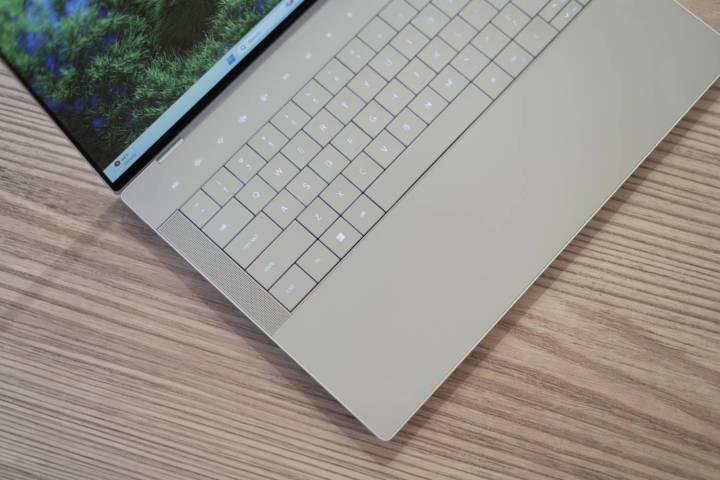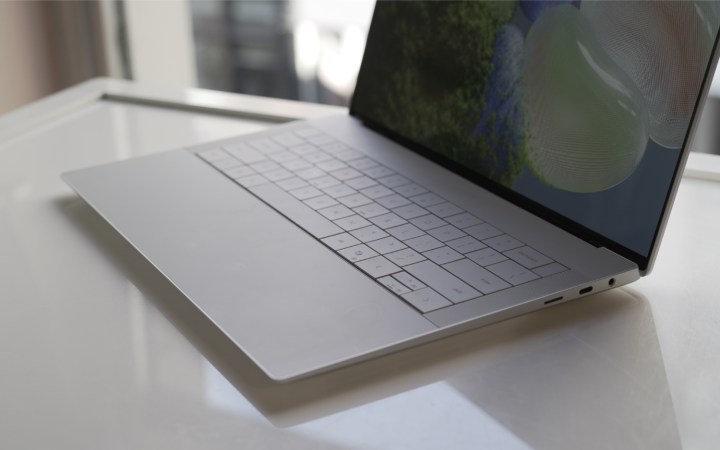Dell made some huge changes to its XPS lineup in 2024, and people aren’t happy about it. I won’t go into every change here, but every single one of the over 70 comments on the video that I posted on YouTube this morning about the changes are negative. That’s not a good sign.
So, what are people so mad about? Well, a lot of the divisive design decisions found in the XPS 13 Plus have been brought over to the new XPS 14 and XPS 16, leaving you with no “safe” options that represent a more conventional laptop design. When it comes down to it, there are three major things people are complaining about.
Soldered RAM

This certainly isn’t a feature that Dell had in its marketing materials, but in this new generation of XPS devices, everything will be soldered, meaning these devices can’t be easily accessed for upgrades or repairs. While this was always true of the XPS 13, the XPS 15 and 17 recently made our list for the best upgradable laptops you could buy. That’s certainly not going to be true of the XPS 14 and 16.
With Dell’s push into more sustainable laptop designs with Concept Luna, I would have loved to have seen Dell go in the opposite direction with these new devices. Ripping up laptops isn’t something the average laptop owner does, but it goes a long way toward winning over tech enthusiasts and making sure these devices aren’t contributing as much to the heaps of unrepairable and non-reusable old laptops filling e-waste bins.
Capacitive function row keys

This one is one of the big features that carries over from the XPS 13 Plus. Essentially, the function row of physical keys have been replaced with capacitive touch buttons that light up.
As someone who spent a lot of time with the XPS 13 Plus, I didn’t think these capacitive touch buttons were as bad as people say. I certainly grew used to them over time. But I think they do present a real problem on the XPS 16 in particular. This is a laptop that’ll be marketed toward creative pros and programmers — people who might have plenty of good reasons to rely heavily on the function row of keys.
As Apple learned with its MacBook Pros in the late 2010s, forcing edgy, but impractical features on a laptop for professionals isn’t a great idea. It’s difficult to pull off experimentation in user input on these types of machines, even if it’s a bold and innovative change.
Seamless haptic trackpad

Let’s get real here: I love haptic feedback trackpads. When done right, they’re far superior to physical ones, as seen on the MacBook Pro, Surface Laptop Studio, and countless other devices. This includes the XPS 13 Plus, in my opinion.
But what people seem to dislike about Dell’s approach isn’t the haptic trackpad itself, but more the fact that it’s invisible. There’s no distinction between the trackpad and the palm rests — it’s all one single surface. It’s certainly what gives these laptops such a clean and modern look — I can’t deny that. But from a more practical perspective, people have always complained that not being to see or feel the edges of the trackpad leads to times when your finger runs over the side without knowing it.
Do I think this is a little overblown? Probably. I think people have a problem with this in theory more than in real use. But it’s a strong enough sentiment that people have become turned off by the idea as a whole.
Not all bad
Look, there’s plenty of good stuff in the changes across the board this year. Dell has embraced 120Hz as a standard refresh rate, even on the base configurations of displays for all three laptops, which is awesome. I also like the new sizes, especially the XPS 14. I’ve always wanted Dell to offer a smaller laptop with discrete graphics, and now we have one. I even prefer the simpler approach to the lineup, giving customers a clearer range of devices to choose from.
But between the design changes mentioned above and tweaks like removing the full-size SD card slot, Dell had to have been ready to take some heat for this. It was a bold move.
Either way, I’m excited to get these devices in for full reviews and give them a fair shake. But it’s clear that as of now, Dell is fighting an uphill battle against public perception.
Editors’ Recommendations







